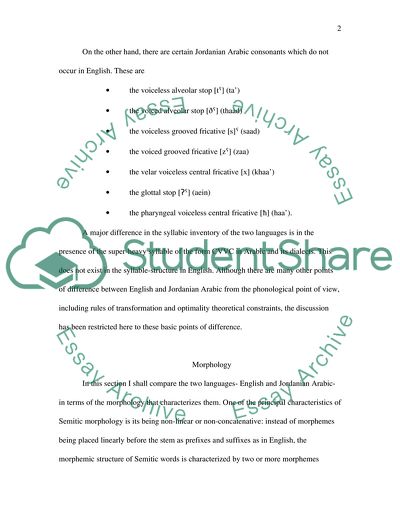Cite this document
(“Jordanian Arabic Phonology and Morphology Essay”, n.d.)
Jordanian Arabic Phonology and Morphology Essay. Retrieved from https://studentshare.org/miscellaneous/1535609-jordanian-arabic-phonology-and-morphology
Jordanian Arabic Phonology and Morphology Essay. Retrieved from https://studentshare.org/miscellaneous/1535609-jordanian-arabic-phonology-and-morphology
(Jordanian Arabic Phonology and Morphology Essay)
Jordanian Arabic Phonology and Morphology Essay. https://studentshare.org/miscellaneous/1535609-jordanian-arabic-phonology-and-morphology.
Jordanian Arabic Phonology and Morphology Essay. https://studentshare.org/miscellaneous/1535609-jordanian-arabic-phonology-and-morphology.
“Jordanian Arabic Phonology and Morphology Essay”, n.d. https://studentshare.org/miscellaneous/1535609-jordanian-arabic-phonology-and-morphology.


